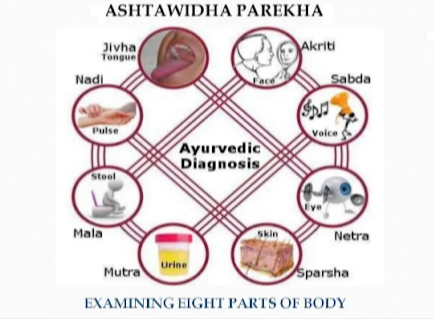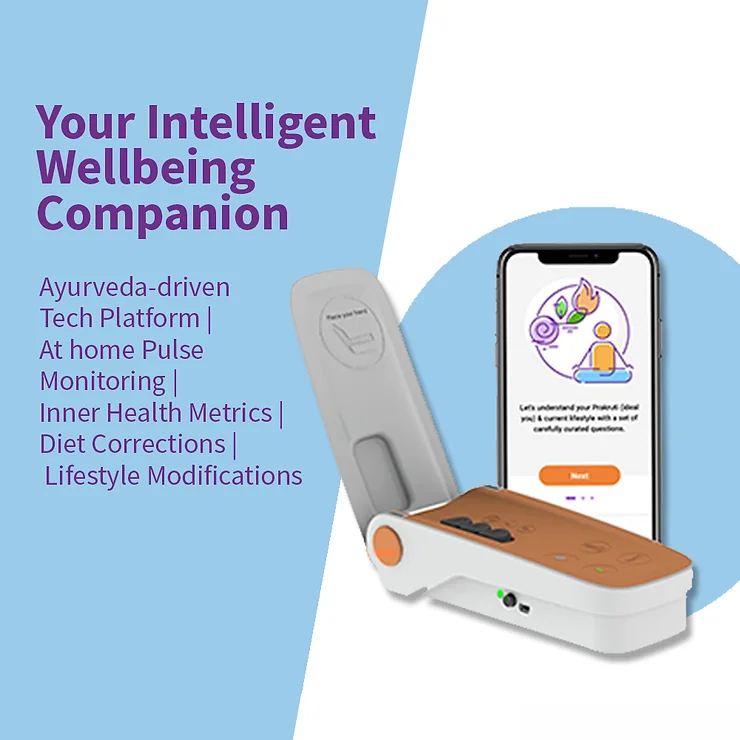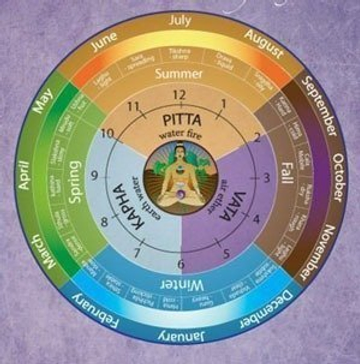Ayurvedic Pulse Diagnosis: A Deep Dive into Holistic Well-Being.
Ayurvedic pulse diagnosis, also known as Nadi Pariksha, is a traditional Indian technique that examines the pulse to diagnose imbalances in the body’s doshas. Ayurvedic pulse diagnosis is a venerable practice deeply rooted in Ayurveda. In modern medicine, a doctor would check your pulse to …
Pulse Diagnostics: Nadi Vs HRV Heart Rate Variability
Nadi pariksha described by Ayurveda is altogether different than pulse rate measurement. Ayurveda emphasizes importance of Nadi Pariksha for understanding predominant dosh responsible for pathogenesis, prognosis and prediction of the stage of particular disease along with its causative factors. Pulse rate, also known as your …
Digital Nadi-Pariksha and its Tracking
Science of Nadi Pariksha The Nadi, an index of heart rate and mirror of our body and mind is of great importance. According to ancient Ayurveda science, various Nadi patterns are indicators of the mind and body and their internal health components.Nadi Pariksha i.e. pulse …
Transforming Indian Healthcare with AI and Ayurveda: The Nadi Tarangini Device
As India is becoming more powerful & profound in digitizing the systems, making them accessible, stratified, transparent & secure, the inclination is towards getting a digitally abled Indian Healthcare system. Yes, you rightly understood. In the coming years, India may introduce a concept of a …
Ancient Non – invasive health monitoring system – Ashtavidha Pariksha
Ayurveda is science of life, and it focuses on the complete physical, mental, social and spiritual health of an individual. The principles of Ayurveda are based upon Tridosha- Saptadhatu- Agni and its role in maintaining health harmony. Impairment of single or multiple elements often leads …
Nadi Pariksha to find out prognosis of cancer.
Cancer, one of the most challenging and spreading diseases of the 21st century, which has now officially become the most dangerous killer in the world according to the World Health Organization. No one can deny the fact that cancer is related to modernization and an …
Knowledge Of Nadi Pariksha
Based on Ayurveda, Nadi reflects the wellbeing of the individual and reflects the vital flow of energy. Energy flowing through Nadi helps Vaidya’s and doctors in pretending energy patterns. Early morning is the right time for Pulse analysis. What is Nadi Parkisha? Nadi Pariksha is …
Why will Turyaa be effective outside of India if it is based on Indian science?
Ayurveda as a branch of medical science has its foundation in ancient Indian civilization that continues to hold extreme importance even in present times. This is because the fundamentals of Ayurveda are based essentially on human characteristics and intrinsic causes that have remained and will …
Hon. PM Narendra Modi Ji appreciated Indian Tech startup – Atreya Innovations in “Mann Ki Baat”.
Our Hon. Prime Minister Narendra Modi Ji is a highly forward-thinking individual who sees technological advancements as being extremely beneficial to the future, particularly in the fields of Ayurveda and healthcare. He always speaks about technological advancements in various fields in the country through his …









